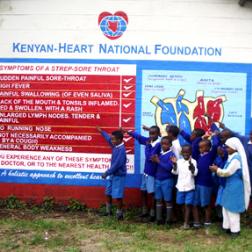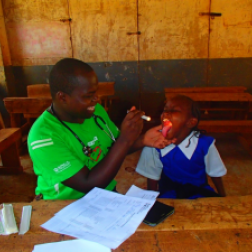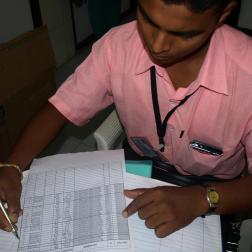New Cost-Effectiveness Tool for Prioritising RF and RHD Interventions

In an article published in the PLOS Neglected Tropical Diseases Journal, researchers have developed an economic evaluation tool to help countries allocate resources and plan RHD control programmes, at the national or subnational level.
The authors – Dr David Watkins, Dr Solomon J. Lubinga and Dr Joseph B. Bamigura from the University of Washington and Professor Bongani Mayosi from the University of Cape Town, created this tool with the aim of guiding policy in limited-resource settings and increasing the RHD community’s understanding of the cost-effectiveness of RF and RHD interventions various settings.
The model estimates the cost-effectiveness of scaling up primary prevention, secondary prevention and surgical interventions for RHD. It comes with default inputs that can be modified by the end user based on local epidemiological and cost data. Outcomes are measured in disability-adjusted life-years, and the incremental cost-effectiveness of various interventions is compared in “league tables.”
The authors demonstrate how the tool could be used in a hypothetical low-income African country. Using the default inputs and assumptions, their analysis indicates that primary prevention could be cost saving and secondary prevention could be cost-effective. In this sort of country, international referral for valve surgery could be more cost-effective than building in-country cardiac surgical services.
They conclude by stating that their analysis makes “a strong case that rheumatic heart disease prevention could be a high-priority intervention in Africa.”
You can access the article here.
For more information:
Read more about the Economics of RHD
PLOS Research News | Prevention might be better than cure for rheumatic heart disease





